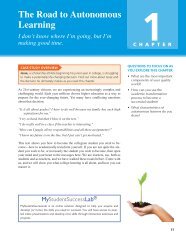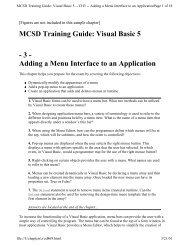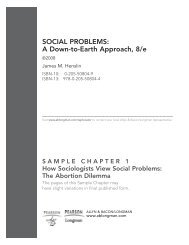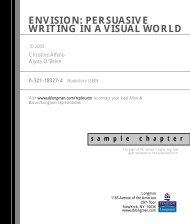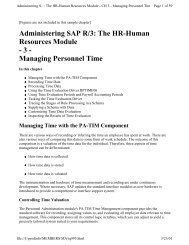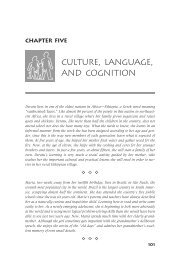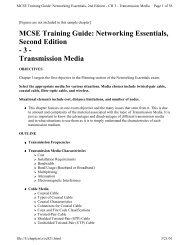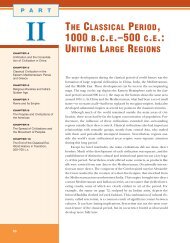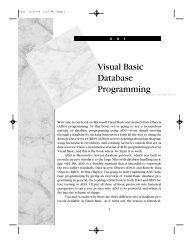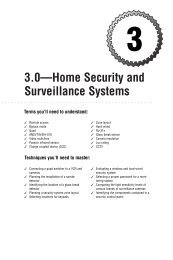Special Edition Using SAP R/3, Third Edition
Special Edition Using SAP R/3, Third Edition
Special Edition Using SAP R/3, Third Edition
Create successful ePaper yourself
Turn your PDF publications into a flip-book with our unique Google optimized e-Paper software.
<strong>Special</strong> <strong>Edition</strong> <strong>Using</strong> <strong>SAP</strong> R/3, <strong>Third</strong> <strong>Edition</strong> - CH 3 - Exploring R/3 Architecture Page 5 of 26<br />
X.400 messages<br />
Telex and fax<br />
Background processing of transaction data<br />
Control systems for complex production plants<br />
Presentation Servers<br />
In accord with the technical evolutionary principle, the range and variety of presentation devices are<br />
likely to increase as manufacturers seek cheaper production methods and specialized niche markets in<br />
which their products will flourish. For instance, because of the wide market for personal computers,<br />
these devices have become viable alternatives to dedicated and custom-built user interface<br />
equipment.<br />
The <strong>SAP</strong> R/3 system supports the following types of presentation devices:<br />
Windows, based on the Windows Style Guide and directed by a dispatcher to control the<br />
different forms of communication<br />
OS/2 PCs<br />
Apple Macintosh<br />
OSF/Motif for X terminals<br />
OSF/Motif for workstations<br />
The R/3 system tends to adopt the style and local functionality of the presentation platform so that<br />
you do not have to get used to a different look or operating-key configuration.<br />
The interface between the user and an application is discussed in Chapter 2, "Interacting with the<br />
<strong>SAP</strong> Systems."<br />
Provisions for Continuous Business Development<br />
Business processes have always undergone change. New methods are invented to cope with new<br />
products or new customer requirements; old methods are adjusted to suit new circumstances. New<br />
people are recruited to replace those who are used to the old system of working.<br />
Some of these changes are beneficial, some are not. For example, new people might be ready to learn<br />
the new ways but lack experience with the customers, the suppliers, and the products. Such wisdom<br />
might be needed, even under the new regime.<br />
The <strong>SAP</strong> system expects a business to change. And the first big change to be expected is the<br />
installation of the <strong>SAP</strong> system itself.<br />
file://J:\prodinfo\MEMBERS\MA\ir057.html 3/23/01



